Acclaimed in his lifetime for his remarkable literary career, Charles Dickens’ private life was wracked by dysfunction, scandal and the cruelty he inflicted on his wife and his children.
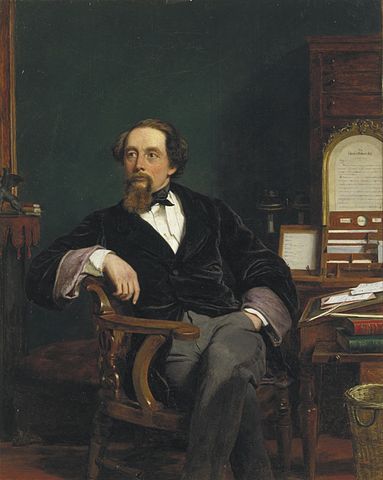
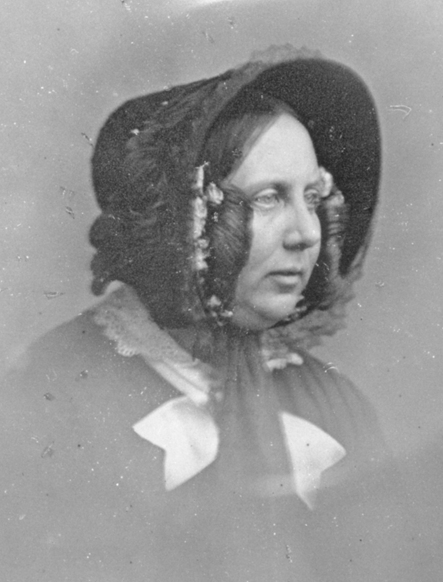
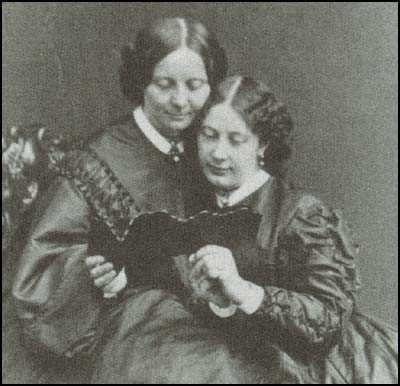
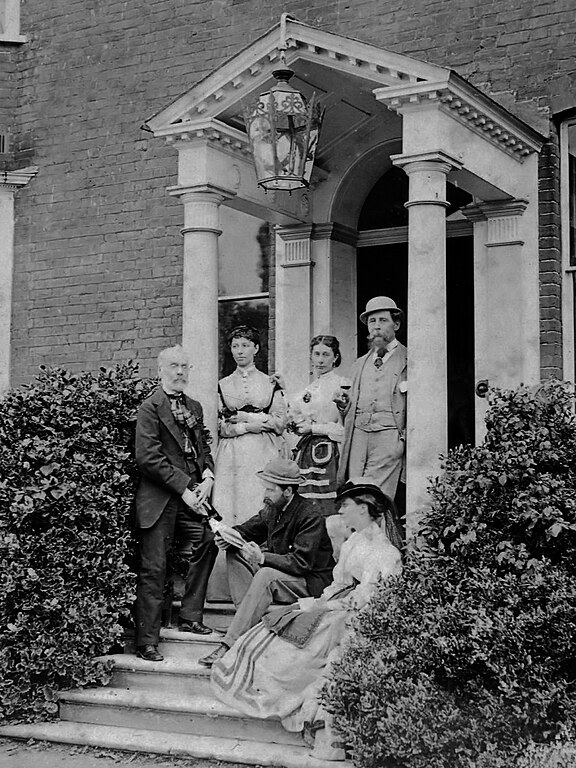
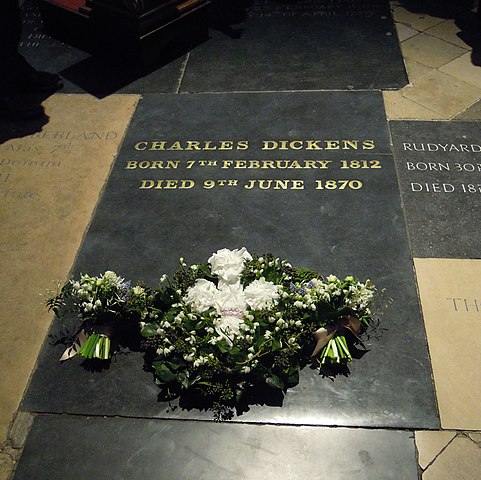
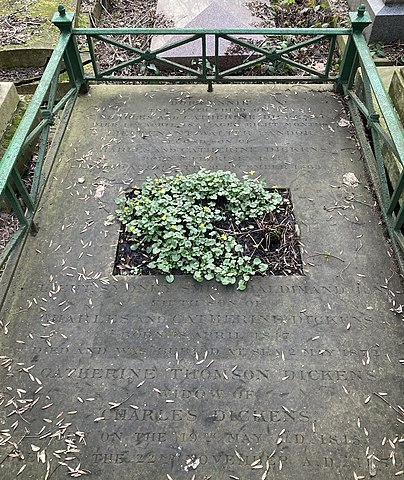
Podcast: Play in new window | Download
Subscribe: RSS
Acclaimed in his lifetime for his remarkable literary career, Charles Dickens’ private life was wracked by dysfunction, scandal and the cruelty he inflicted on his wife and his children.






Podcast: Play in new window | Download
Subscribe: RSS
The remarkable story of the courage and suffering of the passengers aboard the Mayflower and the establishment of the Plymouth Colony.
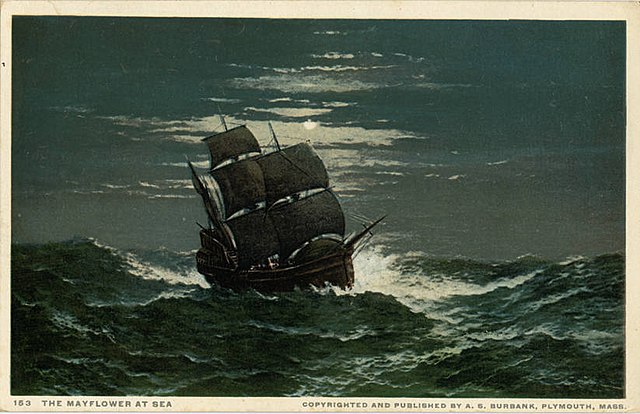
On November 11, 1620, a 100 foot long cargo ship called the Mayflower entered what is today known as Provincetown Harbor, virtually on the tip of present day Cape Cod. This was the culmination of over two months at sea for 102 immigrants, originally from England, some of this contingent intent on establishing their own religious settlement in the New World, free from persecution from the British crown. Their Atlantic crossing was difficult, their time spent mostly below deck, lashed by gale driven waves that left them and their clothes and quarters in a miserably damp and chilly condition, their diet of hardtack, dried meat and watered down beer little comfort.
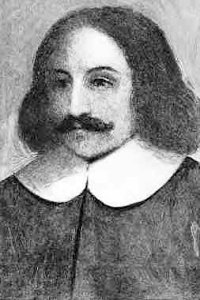
William Bradford was born in March of 1590, in Austerfield, Yorkshire, England. The exact date is unknown although he was baptized on March 19 of that same year. Many members of his family died when he was a child, and Bradford was orphaned by the age of seven. Sent to live with two uncles, he spent most of his time as a farm laborer and his leisure activity consisted of reading and studying the Bible and other classic philosophical tracts. Intellectually curious, he was exposed to various sermons of area preachers who radically suggested that the Church of England was still inappropriately influenced by Catholicism.

Figuring he couldn’t just abandon the Billington boy, Bradford ordered ten armed men, including Edward Winslow, to load up the small sailing ship used during exploration, take Squanto and another native interpreter, Tokamahamon and head to eastern Cape Cod and Nauset territory. A storm forced the boat to come ashore at what is now Barnstable, Massachusetts, on the northern shore of the Cape, about halfway across the lower portion of the peninsula.
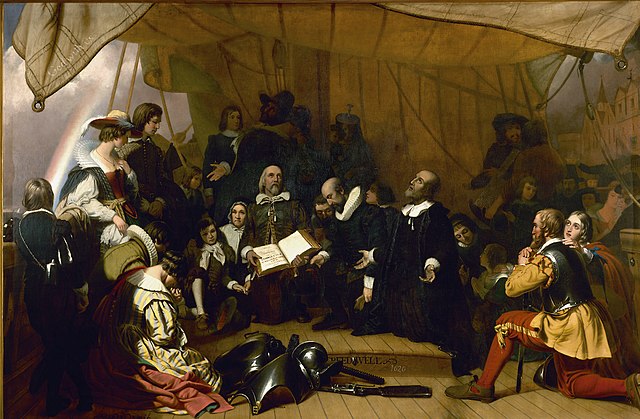
The passengers were situated on the deck immediately located underneath the open air of the main deck. While they could hear waves and smell sea water, they were unable to view the horizon or the surface of the sea around them. Tossed practically on top of each other in makeshift compartments created by cloth curtains, the Separatist contingent strived to get along with each other, realizing that the stress of the voyage would only be increased by personality conflicts.
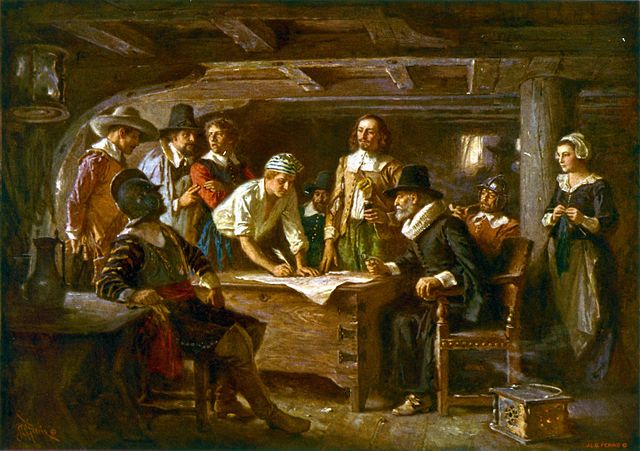
This premature landing outside of territory designated by British authorities presented an immediate problem. Since the Stranger contingent on board was inclined to dispute any attempts at the Separatists controlling the governance of the colonists once they landed, assertions were made that as a result of the ship landing in an undesignated territory, they were free to do as they wished and were not obliged to respect any other authority. To address this situation several charismatic individuals on board the ship composed an agreement that set out specifically what laws and guidelines should be followed by the community. Containing ideas generally suggested mostly by William Brewster, this agreement, known historically as the Mayflower Compact also resulted from some of the formerly aloof Strangers like Christopher Martin understanding that for the colony to financially succeed and for the Adventurers to get any kind of return on their investment, all of the Settlers needed to work together.
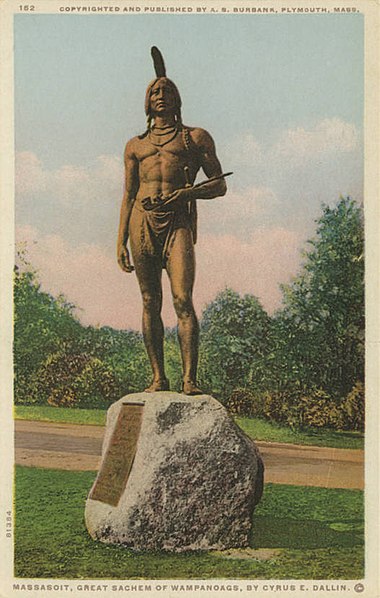
Samoset identified the area as under the control of Massasoit, the Sachem or leader of a tribe known as the Pokanokets, and today as the Wampanoags. Massasoit resided in the nearby Narragansett Bay area of Rhode Island.
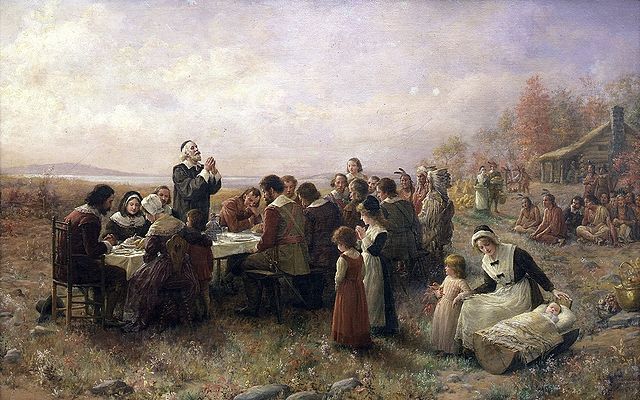
Although this festival was the impetus for the national American holiday known as Thanksgiving, the colonists at Plymouth would not have referred to their planned, three day event by that name, a term they applied instead to a much more serious religious rite acknowledging gratitude to the almighty. Instead, they celebrated with games, military exercises and vast amounts of food and drink. Only four adult women, including Susanna White Winslow were still alive to help cook the meal, along with their daughters and a few servants.
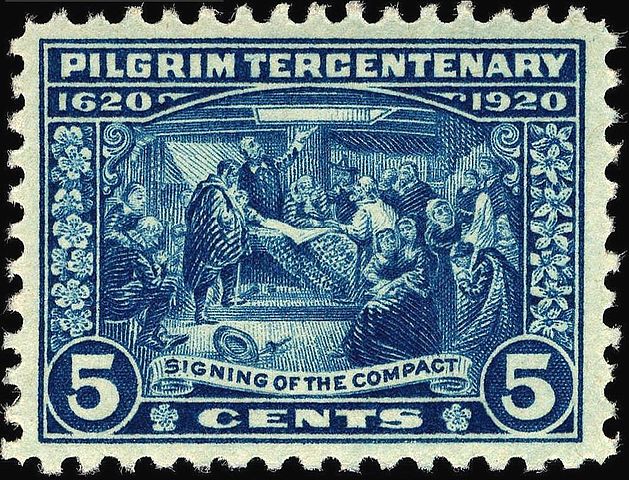
Although on a daily basis, life continued to be harsh and frequently unforgiving, by the end of September, settlers at Plymouth Colony seemed to have turned a corner. They concluded the first harvest of all of the crops that they meticulously planted earlier in the Spring. Corn, Squash, Beans and even some amounts of barley and peas were stockpiled, a plentiful contrast to the dreadful deprivation of the previous winter. As massive flocks of ducks and geese migrated through the area, the settlers were able to hunt down as many of these birds as they wished, again putting aside a large quantity to help celebrate a tradition that was centuries old, a harvest festival, consisting of food, drink and good cheer. But this festival was also an acknowledgement of their special gratitude to their original ally, Massasoit, who Bradford described as arriving with five deer, oysters, a hundred participants and another addition to the festivities, wild turkey.
Podcast: Play in new window | Download
Subscribe: RSS
The remarkable story of the courage and suffering of the passengers aboard the Mayflower and the establishment of the Plymouth Colony.
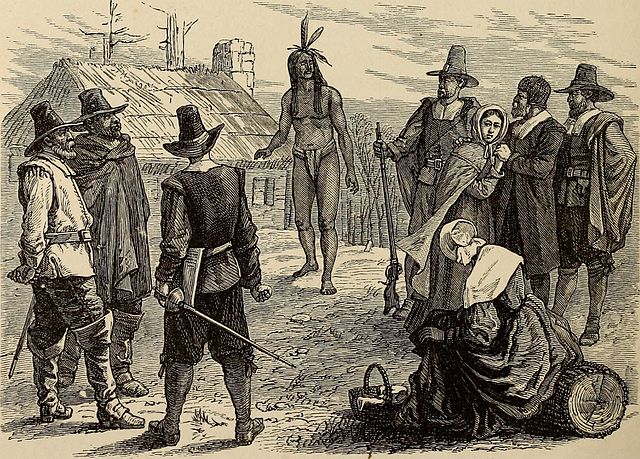
On March 16, the inevitable occurred, although the incident did not unfold as the settlers previously feared. As described in a pamphlet entitled, “Mourt’s Relation,” a description of the first year of Plymouth Colony, co-written by William Bradford and another settler named Edward Winslow, with work suspended for a regularly scheduled meeting about specific plans for the defense of the settlement, the meeting participants became aware of a native looking down at their group from a nearby hill. This had happened previously, but whenever an inhabitant gestured or even attempted to make contact with these previous visitors, the natives fled. This time, however, the lone native began to purposefully walk directly towards the settlement. Without hesitation, he walked past the crude lane of houses and seemed headed directly towards the shelter that protected the colony’s women and children during such an emergency. Without overt hostility, some of the armed settlers got in his way and made it clear he could not enter the shelter. Instead of bristling or running away, this remarkably tall, long haired individual dressed only in an animal skin loin cloth stood to his full height, saluted and probably understanding the effect he would elicit cheerfully spoke the words, “Hello, English!”
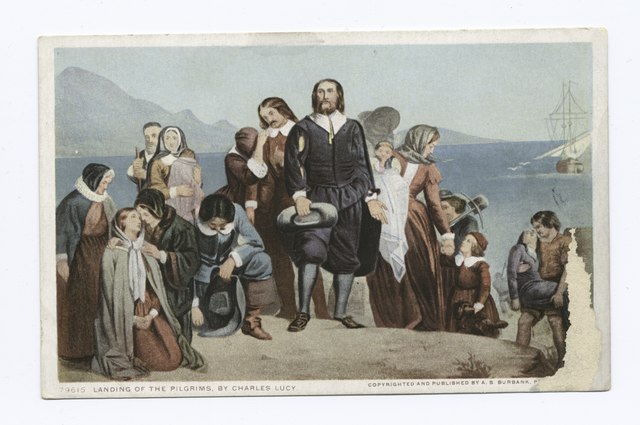
Sunday was of course another leisurely day, but on Monday, they began to reconnoiter the harbor in earnest. It was certainly deep enough for a ship the size of the Mayflower, and eventually, upon landing on shore they found large areas suitable for agriculture, fresh water in several streams and no obvious signs of any kind of recent habitation by natives. Additionally, although at least one sizable boulder was certainly situated in the area, there was no mention by Bradford in either of his two personal accounts of this excursion of a landing assisted by a large rock. This seems to have been an invention of subsequent residents, much to the delight of future chambers of commerce. Today, an elaborate, arched, templelike edifice encloses a rather unimpressive large rock embossed with the date of 1620, the alleged landing spot of America’s Pilgrims.
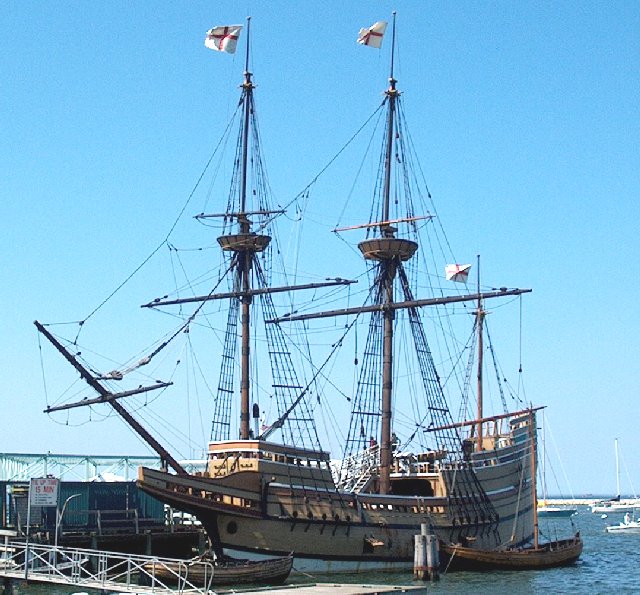
With the onset of Spring and milder weather, the establishment of at least an initial footprint of a settlement and the astonishing new relationship with a powerful local ally, Captain Christopher Jones decided that this was the appropriate time to sail back to England. After all of its cargo was removed and brought ashore, rocks were added for ballast and, on April 5, the Mayflower slowly made its way out of the harbor, an introspective moment for all of those left on shore. Because of the seasonably calm weather and westerly prevailing winds that propelled the ship instead of impeding the craft, It took only a month for the Mayflower to reach its home port and Jones’ residence on the outskirts of London at Rotherhithe. For a brief period he and his ship continued to participate in transporting goods like sugar between England and neighboring countries across the English Channel. But Jones’ health, permanently impaired by his Atlantic crossing with the Plymouth settlers, was undermined to the extent that he died on March 5, 1622, less than a year after returning from North America. The ship remained unused for two years, tied up in the Thames near Rotherhithe. Without proper maintenance, it fell into disrepair and eventually its owners which included Jones’ widow, applied for an official valuation from the Admiralty, which came to a little more than one hundred pounds. There are no substantiated accounts as to what happened after the ship was dismantled, the most appealing suggestion that the timber from the ship eventually was used to construct a barn in the county of Buckinghamshire. For many years this structure was presented to tourists as a Mayflower relic, today it is closed to the public, its historical provenance suspect.
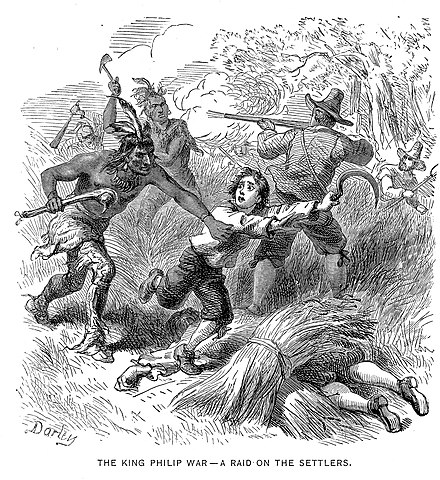
The belief that Wamsutta was poisoned was one of the fundamental grievances that eventually contributed in 1675 to one of the most violent and costly native rebellions in US history. One of Metacomet’s military opponents was Josiah Winslow, then governor of Plymouth colony and the son of Edward Winslow. At its conclusion, three years later, dozens of colonial New England settlements lay in ruins and thousands of settlers were killed or injured.
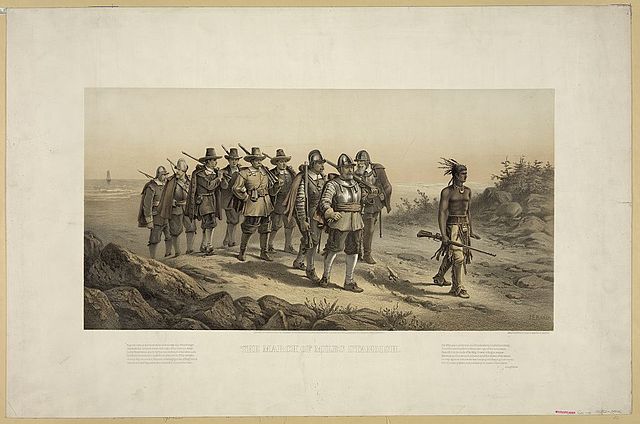
Although he waited until the Spring, Standish resolved to preemptively extinguish the threat before any such attack. In late March of 1623, he invited several powerful native warriors and sachems to participate in negotiations to resolve their complaints. Instead, when this meeting occurred, and upon serving large amounts of food and alcohol, the most prominent natives present, Wituwamat and Pecksuot and another warrior were attacked, Standish grabbing the knife from around Wituwamat’s neck and personally stabbing him repeatedly in the chest, killing him. Wituwamat’s teenage brother, who was waiting in the vicinity was also subdued and subsequently hanged. Wituwamat was then beheaded and his head stuck on a pike at the main entry gate at Plymouth Plantation. The residents of Wessagussett either sailed the Swan to fishing villages in Maine or relocated to Plymouth.
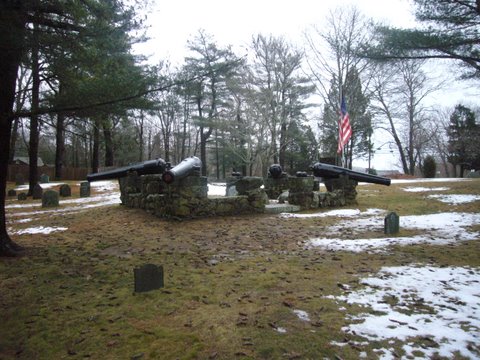
Myles Standish also lived into his seventies, his military position serving Plymouth Plantation ending around 1635. By then he and others had successfully negotiated with the Merchant Adventurers to retire their debt, Standish receiving a 120 acre farm in the area known today as Duxbury, Massachusetts. He subsequently served in various Plymouth Colony administrative positions, including as a kind of superintendent of highways until his death in 1656, aged 72.
Podcast: Play in new window | Download
Subscribe: RSS
Long before Claus Von Bulow or OJ Simpson, in 1924, two Chicago teenagers committed what was called at the time, “The Crime of the Century,” only to be spared by the efforts of the greatest defense attorney in American history.
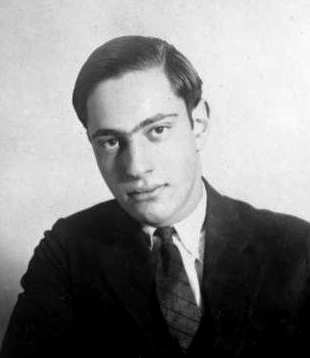
During their scouring of the Wolf Lake area, police detectives questioned the game warden of the forest preserve that was located nearby about any recurring visitors to the location. One of the names he revealed was that of Nathan Leopold, Jr a nineteen year old ornithologist and recent Phi Beta Kappa graduate of the University of Chicago, currently taking a class at the University of Chicago’s law school. On Sunday morning, May 25, two policeman were sent to Leopold’s home to pick up the teenager for questioning, the house coincidentally in the Kenwood section near both the Harvard School and Bobby Franks’ house. Leopold had plans for a date that Sunday and was initially resistant to coming down to the precinct, but the police assured him that their captain just wanted to ask some routine questions and if he brought his car he would be back in no time.
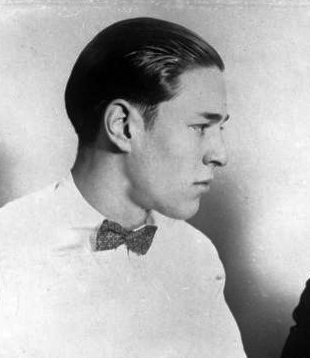
Once Richard Loeb’s name was mentioned he also was brought to the LaSalle, placed in a separate room and questioned until the early morning hours. He claimed he left Leopold around dinnertime and mentioned nothing about picking up girls, an obvious contradiction that was certainly suspicious. The next morning, Leopold and Loeb found themselves in custody, in separate police stations, Leopold at Crowe’s headquarters in the Criminal Courts Building, Loeb at a nearby precinct house.
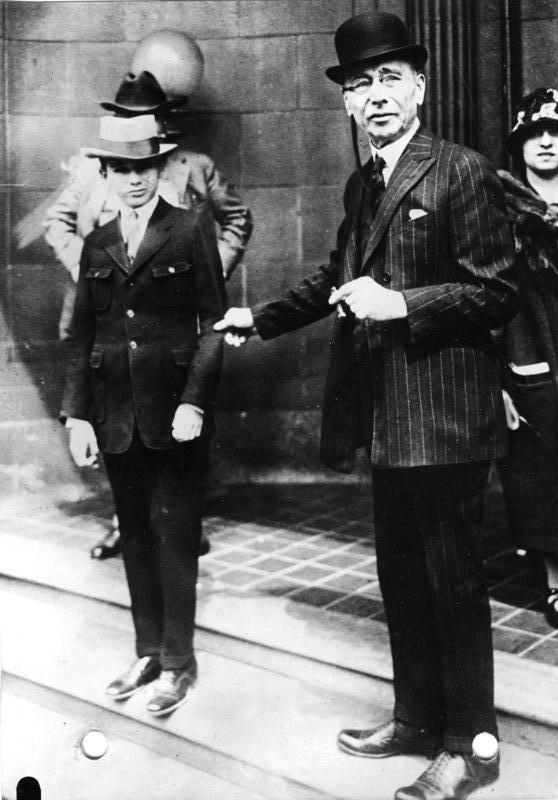
At the Franks’ house, as the dinner hour approached, Bobby Franks’ parents began to wonder where their son was. Jacob and Flora Franks were the type of typically wealthy family that populated the Kenwood neighborhood. Jacob Franks’ wealth initially stemmed from a pawn shop he inherited from his parents known as Franks Collateral Loan Bank. Franks eventually diversified his business interests, first into separate watch and watch case manufacturing companies and then into various real estate and stock investments which generated a net worth of at least 1.5 million 1924 dollars, equivalent to about 27 million dollars today.
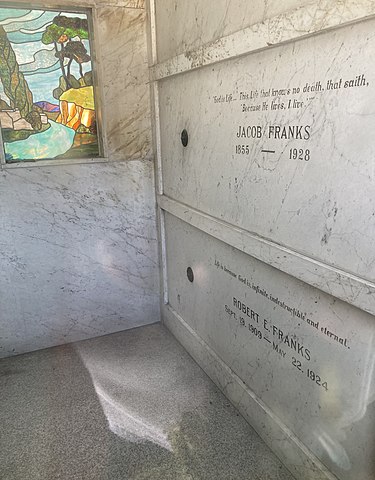
Because of the incredible public and media interest generated by the death of Bobby Franks, the Franks family decided to hold a small, private funeral service in their home as opposed to what might become a public circus. The Franks family were converts to Christian Science from Judaism and the affair consisted of various readings and hymns before a police escort accompanied the Franks procession to Rosehill cemetery, the pallbearers all fellow students from the Harvard School.
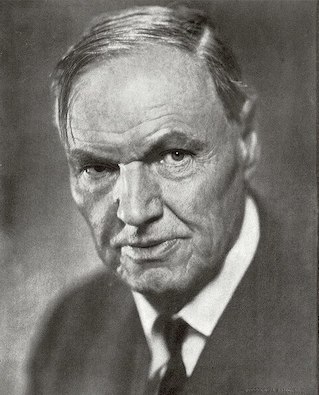
Understanding his nephew’s predicament, Jacob Loeb decided to reach out to an even more prominent individual, Clarence Darrow. By 1924, Darrow was nearing the conclusion of one of the most illustrious and controversial legal careers in US history. Starting from a small law practice in the tiny Ohio town of Andover, Darrow eventually made his way to the city of Chicago where he became famous and frequently vilified for representing various labor officials like Eugene Debs and Big Bill Haywood. A 1911 scandal involving a Los Angeles bombing case which resulted in Darrow negotiating a plea deal and accusations of jury tampering via bribery alienated the attorney from organized labor. Darrow then switched to criminal and civil defense, mostly involving defendants facing the death penalty. In over 100 cases, Darrow had only one defendant executed and that was when he joined the defense only for the penalty phase of the trial. Despite a practically disheveled appearance, Darrow’s quick legal mind and remarkable eloquence during impassioned closing arguments made him the most famous trial lawyer in America.
Podcast: Play in new window | Download
Subscribe: RSS
Long before Claus Von Bulow or OJ Simpson, in 1924, two Chicago teenagers committed what was called at the time, “The Crime of the Century,” only to be spared by the efforts of the greatest defense attorney in American history.
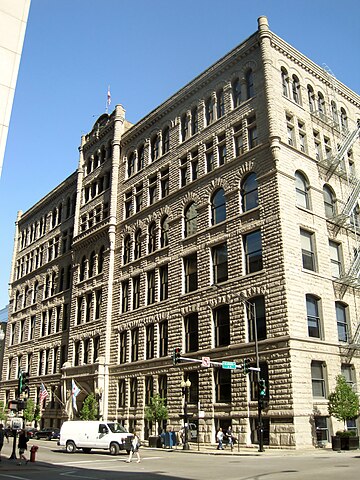
Clarence Darrow would not begin his summation until the afternoon of August 23rd, so anticipated throughout the city of Chicago that a mob descended on the courthouse hoping to push into the courtroom. This throng congregated in the stairwells, common areas and hallways leading to the sixth floor chamber where Darrow was scheduled to speak. Twice after the midday recess, the famed attorney attempted to begin his summation, only to stop, the noise of spectators emanating from the hallway outside of the court too boisterous, police and bailiffs struggling to push the crowd out of the courtroom’s proximity. Angrily, the judge contacted the city police chief directly, demanding that order be restored. Within minutes, additional police resorting to billy clubs eventually removed the source of this distraction.
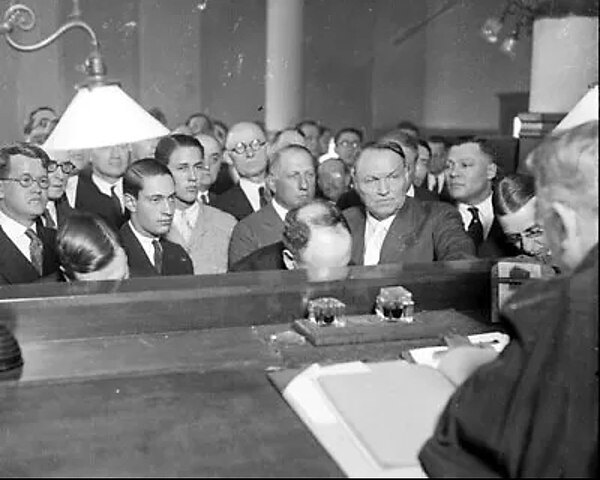
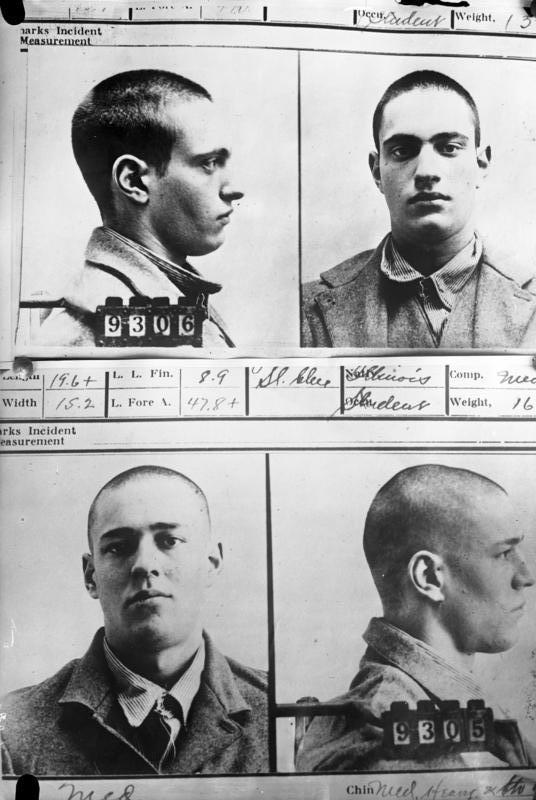
Leopold and Loeb would begin serving hard time at Joliet state prison, a forbidding stone edifice housing some of Illinois’ most hardened criminals. One immediate hardship was the end of the meals that they were able to order from a Chicago restaurant during their trial. Although they granted interviews upon their entrance to the prison, Loeb would never publicly speak again and Leopold waited twenty years before interacting with a journalist. This despite repeated press attempts to provide updates on the successive anniversaries of their incarceration. Possibly to separate the two prisoners, Leopold was quickly transferred to Stateville prison, a brand new maximum security facility. The formerly high profile prisoners were so isolated that Leopold only found out about the 1929 death of his father from a prison employee.
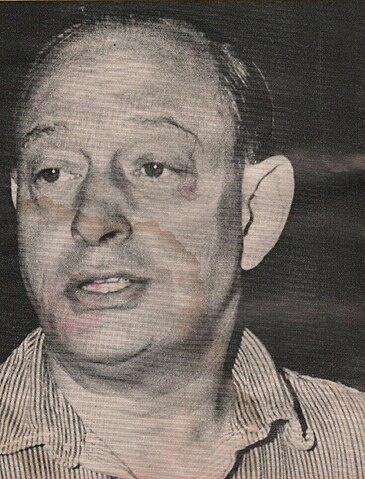
Despite his recent parole rejection, Leopold cooperated with the Saturday Evening Post on an April, 1955, four part series that was sympathetic. Even more eventful was the 1956 novel Compulsion written by Meyer Levin, a runaway best seller that was a very thinly disguised account of the Loeb and Leopold murder and an eventual film starring Orson Welles. Once again, Nathan Leopold was an American celebrity, although he hated the book and sued Levin and 20th Century Fox for invasion of privacy, an unsuccessful suit that dragged on for most of the rest of his life. Perhaps, attempting to tell his side of the story, in 1958, Leopold published Life Plus 99 Years, a sanitized autobiography also undertaken to persuade any future parole proceedings. A best seller, the book created an additional groundswell for Leopold’s release. This sentiment finally played out on February 13, 1958 when Nathan Leopold emerged from Stateville Prison, a free man.
Podcast: Play in new window | Download
Subscribe: RSS
The dark reality behind the persona of one of America’s most beloved public figures.
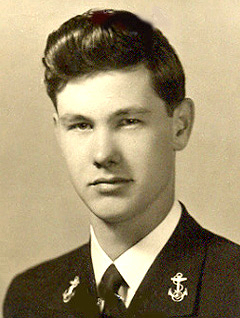
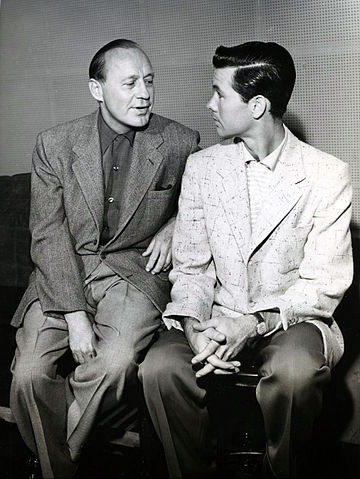
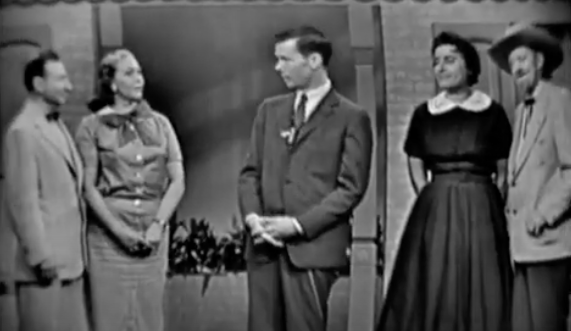
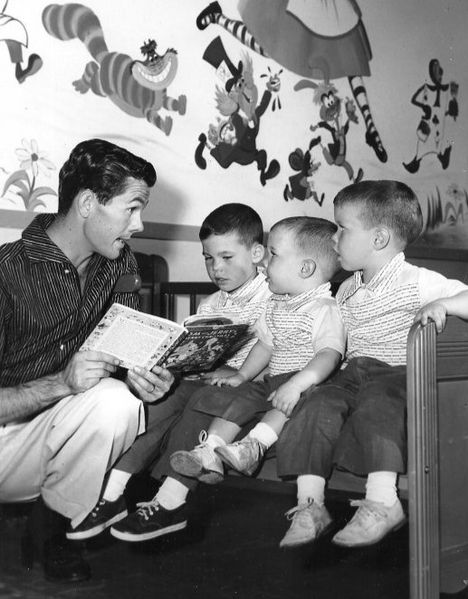
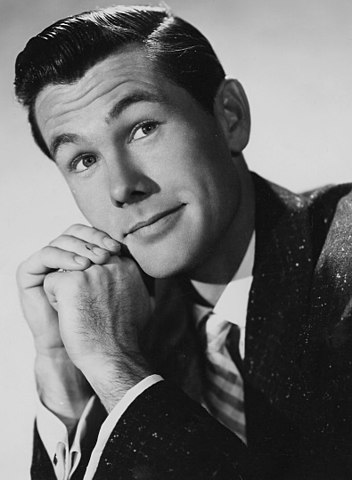
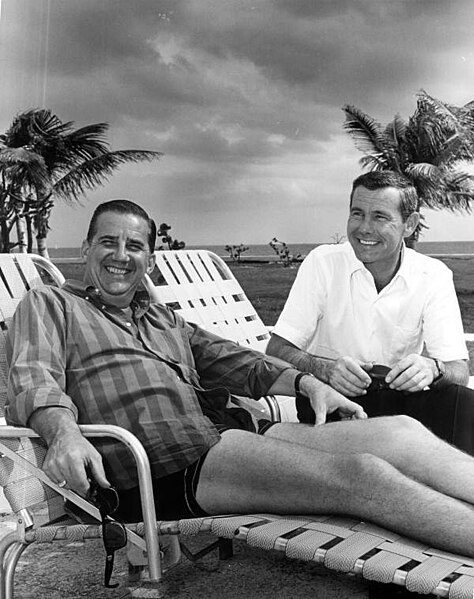
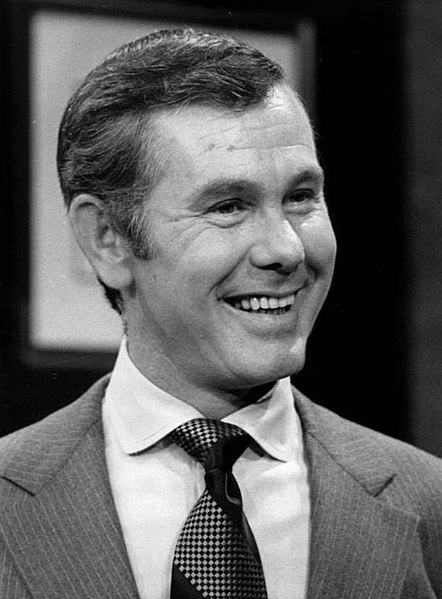
Podcast: Play in new window | Download
Subscribe: RSS
The dark reality behind the persona of one of America’s most beloved public figures.
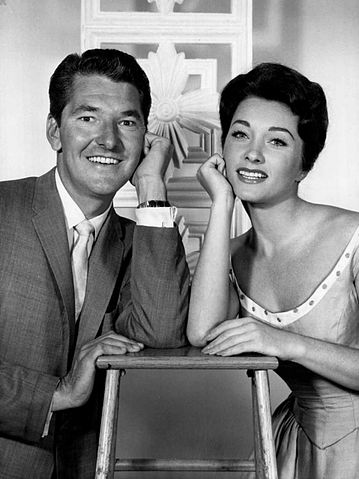
On August 17, 1963, Carson, possibly feeling more secure professionally with more than a year under his belt at the new show, married his longtime girlfriend, Joanne Carson. This despite years of fighting publicly, acrimonious vacations in which one of them left and went home early and numerous friends and acquaintances advising them not to tie the knot. Even the ceremony and reception were odd. Only a tiny number of participants witnessed the actual marriage, the couple’s parents not even invited. The reception included only a few more individuals and was held at Johnny’s apartment, the guests mostly Tonight Show related staff like bandleader Skitch Henderson and producer Art Stark.

Joanna Carson was a former fashion model who had spent much of her life in the rarified company of extremely wealthy, sophisticated, older men. Her companion before Johnny was the CEO and chairman of the Hertz Rent a Car corporation. Johnny, still essentially a scotch drinking steak and potatoes Midwesterner, began to acquire a more diverse outlook courtesy of his latest wife. Completely uninterested up to that point in travel, he began his annual pilgrimage to the Wimbledon tennis championships, featured prominently on the NBC broadcast back to the US. He typically followed that up with several weeks on the Cap D’Antibes along the French Riviera, enjoying the fact that he went mostly unrecognized. Instead of hard liquor he began to temper his alcohol intake with a fine Bordeaux or Montrachet. But one constant, despite a well appointed Bel Air residence on St. Cloud Road, the Carsons never threw parties and were rarely seen socially, their house again a secluded refuge to escape from public exposure.

It was hard to feel sorry for Carson, whose womanizing was so blatant that when Joanna convened a meeting in her home of the women’s Beverly Hills charity that she participated in, Johnny would single out at least one of the participants and strongly come on to them. Upon signing the divorce papers, Johnny turned to his now ex-wife and said, “What I’ll miss most is not being able to talk to you.” Carson certainly made good on his word, never speaking with Joanna Carson again.

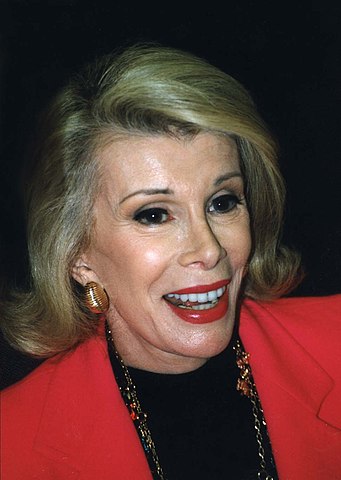
Joan Rivers also was exiled when, in 1987, she accepted an offer from Fox Television to host a late night talk show that would compete with Johnny. Rivers was already frustrated by NBC’s refusal to both offer her a contract as Johnny’s replacement host, and especially that she was not on an NBC list of stars to even be considered when and if Johnny retired. Although other hosts and comedians attempted to compete with Johnny and still remained in Carson’s good graces, most notably Joey Bishop, Joan Rivers made the unforgivable sin of negotiating with Fox, putting together her show and never even telling Johnny about it in advance. Her eleventh hour attempt to reach out to him on the eve of the program was rejected, assistants told that he would not take her call at any time in the future.
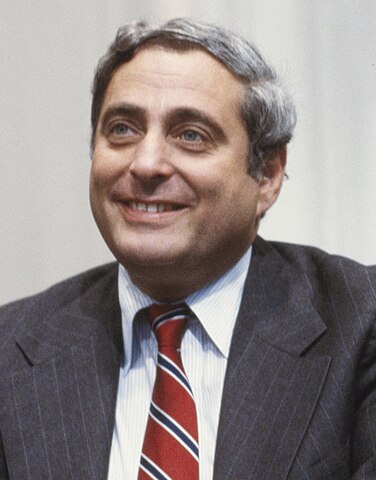

Following his retirement, Johnny Carson became even more reclusive, spending most of his time behind the gates of his massive Malibu mansion that overlooked Point Dume. He spent a great deal of time on his private tennis court, especially built for him by NBC, one of the few of its kind in the vicinity. His only companion, his fourth wife, who he married in 1987, Alexis Maas, a stunning blue eyed blonde he met while she was walking by his other Malibu beach house, which he eventually sold to John McEnroe.
Podcast: Play in new window | Download
Subscribe: RSS
The shocking story behind the biggest swindle in the history of Wall Street.
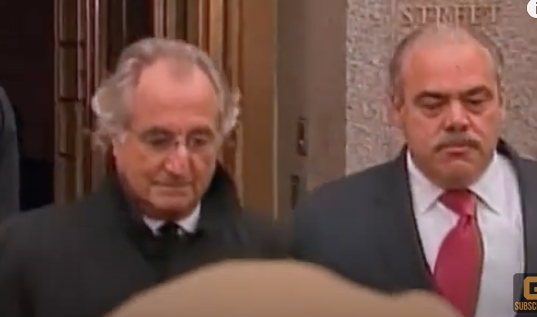

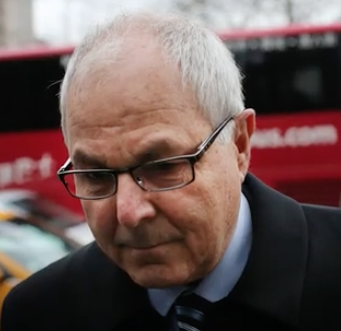

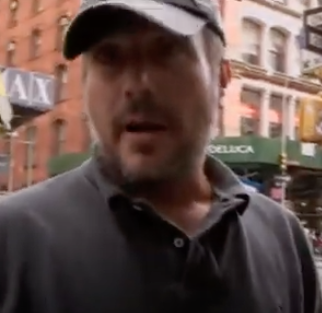
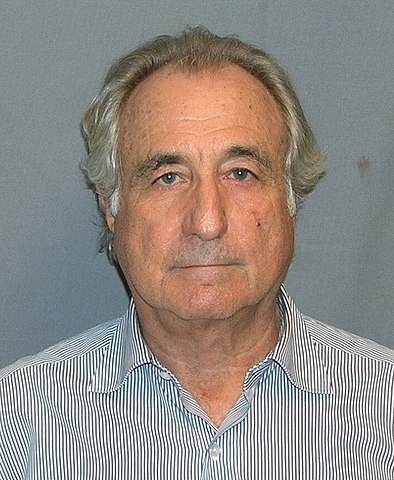
Podcast: Play in new window | Download
Subscribe: RSS
The shocking story behind the biggest swindle in the history of Wall Street.
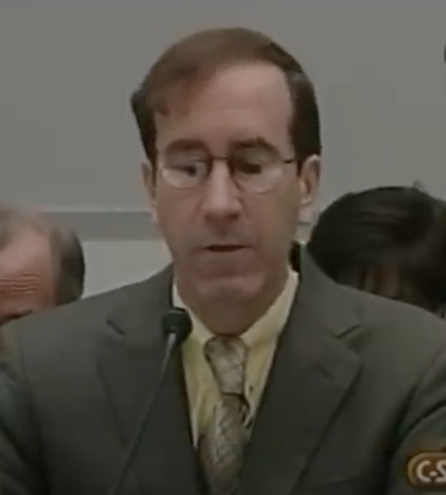
But, if many of Madoff’s clients were happy to not question his returns and process, the cynical, highly competitive and data driven world of Wall Street always invited scrutiny of its biggest stars, even if this was the result of envy or alienation. In Harry Markopolos, one found an individual motivated by both market place rejection and a competitively brilliant grasp of financial marketplace analytics. In 1999, Markopolos was employed as a portfolio manager by Rampart Investment Management, a small Boston, Massachusetts options trading shop that managed a modest amount of money. Markopolos was quite familiar with Bernie Madoff, his firm having marketed a split-strike conversion product that he helped develop. Unfortunately, the product did not generate particularly good returns and was eventually scrapped, Markopolos additionally both intrigued and frustrated by repeated stories of the phenomenal performance generated by Bernie Madoff. If you’re so smart, why the hell can’t you do what Bernie does? His hard boiled, Boston sales compatriots constantly needled him. To a quant like Harry Markopolos this was the ultimate put down and challenge, but there wasn’t much he could substantively do about it.
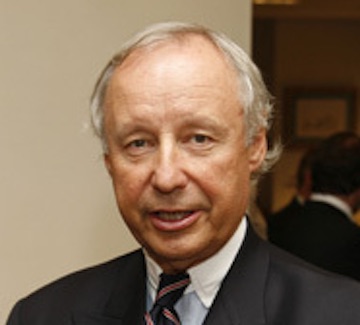
That changed when a senior co-worker named Frank Casey, returned from a New York sales call he had taken with Rene-Thierry Magon de la Villehuchet at Access International Advisers. Villehuchet not only managed money for some of Europe’s most high profile aristocrats he was literally a member of the French nobility himself. In his sixties, he was a client of Bernie Madoff’s since 1985, and rebuffed Casey’s sales pitch with glowing accounts of Madoff’s consistent high returns and reporting process that purported to send daily updates of all transactions performed on behalf of Access’s accounts. Casey then played the only sales card he had left, asking why Rene-Thierry allowed Madoff to hold the securities he purchased on Access’s behalf himself, as opposed to a third party custodian which was required for registered investment managers. Villehuchet’s answer was simple. Bernie Madoff wasn’t a registered money manager, so he was not required to do so and the Frenchman was dismissive of any of Casey’s concern, saying he trusted Madoff implicitly. The meeting quickly terminated with at least Villehuchet providing a copy of his returns and portfolio performance. Casey subsequently got seven years of such performance from Broyhill Securities’ All Weather Fund, another Madoff feeder fund and tossed this information on Markopolos’ desk.
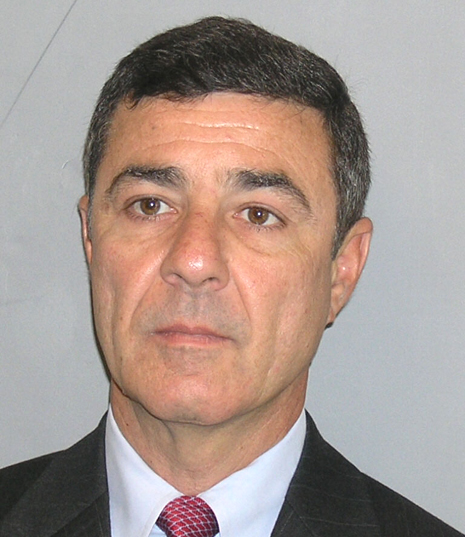
This article was quickly followed up by another piece in the much more formidable business publication, Barrons, written by Erin Arvedlund. Again, although not accusatory, it was certainly skeptical of Madoff with similarly specific questions. Madoff’s response to these articles was to have Frank DiPascali construct a fake in-house computer terminal that supposedly was a trading platform connected to other trading counter parties, in fact it was connected to another employee’s in house terminal, hidden in another part of the office, all of these simulated trades completely bogus. Another DiPascali creation was a supposed live screen of an account at the Depository Trust and Clearing Corporation, known as the DTC, where securities owned by Madoff purchased during alleged trades were being held in his account. The fake reproduced the DTC’s logo, fonts, formats even the type of paper used for actual DTC reports.
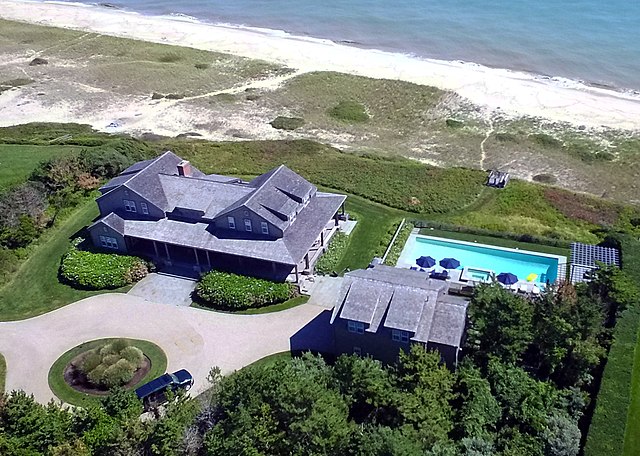
On December 11, 2010, on the second anniversary of his father’s arrest, Mark Madoff committed suicide by hanging himself from his apartment ceiling with a dog leash. At the time of his death he was the subject of nine federal lawsuits, including suits brought by trustee Picard. His wife had already changed her and their childrens’ last name to Morgan. Unlike Andrew he seemed deeply sensitive to allegations that he knew about the fraud. His body was discovered by his stepfather in law when he rushed to the apartment after Mark’s wife received some alarming e-mails, Madoff’s 22 month old son and pet dog left alone in the apartment. This suicide, did not stop the relentless Picard, who then filed suits against Mark’s ex-wife and current spouse to recover funds deemed ill gotten gains.
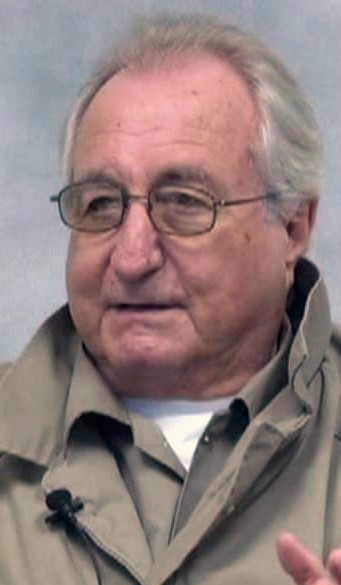
Upon sentencing Bernie Madoff was sent to the Federal Correctional Institution at Butner, North Carolina. He occasionally granted interviews that were mostly self-serving with Madoff blaming his behavior on the culture of Wall Street or getting in over his head on something he never meant to pursue on a long term basis. He expressed exasperation with his clients who he labeled as greedy, especially the big four, three of whom were now dead. Although he continued to correspond with his wife, his two sons allegedly never spoke to him again, after he confessed his role in the fraud, one of few developments in his life that actually seemed to disturb him. Although initially accounts of him being assaulted in prison circulated in the media, he eventually referred to Butner as a relatively pleasant place akin to a college campus, his main objection to prison the sheer boredom it entailed.
Podcast: Play in new window | Download
Subscribe: RSS
Long before Harry and Meghan, a much more serious crisis and scandal enveloped the British monarchy and the House of Windsor, the abdication of Edward VIII
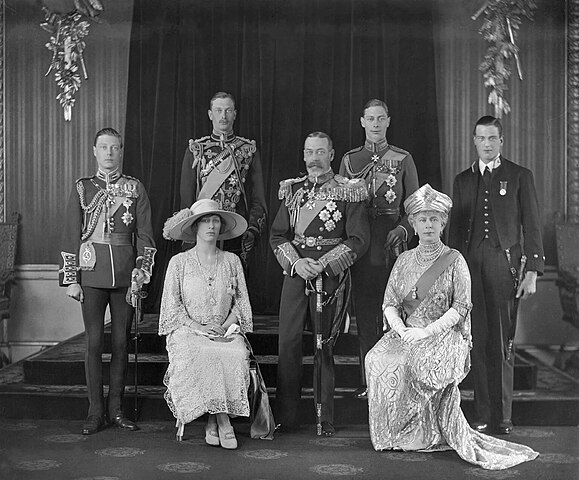
The future Edward VIII, known within his immediate family by the nickname of David, was born on June 23, 1894. His father, George V, did not become the king until 1910, then anointing David, his eldest son, with the title of Prince of Wales, next in the line of royal succession. David was educated as a cadet at the Royal Naval College, went on to Oxford and also joined the Royal Navy. When war broke out in 1914 he was assigned to a safe but extremely tedious post at Allied headquarters in France. Although on paper Great Britain emerged victorious from the Great War, the cost in both casualties and expense was enormous. Across Europe, many royal dynasties were either rendered obsolete or even completely destroyed including the ruling houses of Germany, Austria-Hungary and Imperial Russia, the latter most disturbing as the Romanovs were literally exterminated by the Bolsheviks.
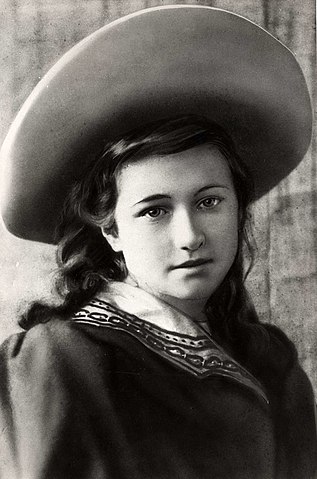
Actually born Bessie Wallis Warfield, on June 19, 1896, Wallis’ parents came from prominent Maryland families. Unfortunately, Wallis’ father died of tuberculosis only months after her birth and her mother Alice’s family had disowned her as a result of the marriage, probably because her daughter was conceived out of wedlock. The infant and her mother then were supported by her deceased husband’s wealthy brother and her mother’s sister Bessie, until 1908 when Wallis’ mother remarried. Her uncle paid for a prep school education and Wallis was socially prominent and attractive enough to be designated as a Baltimore debutante, although the outbreak of World War I suspended such frivolity. Not wild about some of the suitors hanging around Wallis in Maryland, her mother decided it might be a good idea to send her to Pensacola, Florida, where her cousin, Corinne was married to an officer who was the commander of the Naval Air Station in Pensacola. Also feeling that Wallis was competitively trying to get married, her mother also figured that dropping her daughter into a brand new environment might slow Wallis down.
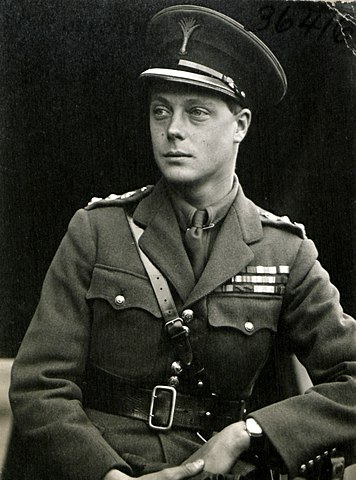
As early as the age of sixteen, discussion concerning an appropriate mate for the Prince of Wales began. An obvious candidate, the daughter of Kaiser Wilhelm, eighteen year old Viktoria Luise, rejected him as too young. He received some additional leeway when George V issued a 1917 proclamation allowing royalty to marry a non-royal subject, the first time even the potential for a commoner to achieve such status became possible. This edict, at the height of World War I, also originated the term , “the House of Windsor,” changing the dynasty name from Saxe-Coburg-Gotha, an attempt to obfuscate the British monarchy’s German connection and to encourage future relationships outside of the German nobility.
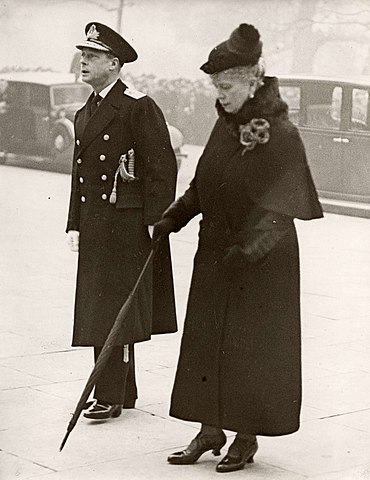
Things came to a head in mid-November when Baldwin also informed Edward that if he insisted on the marriage, the government would resign. Edward responded by threatening to abdicate if he was not allowed to marry Wallis Simpson. On November 16, at a private dinner he informed his mother Queen Mary of his intention, a revelation that shocked her, no one in the Windsor family really believing that Edward would seriously consider such a drastic course of action, over a common, American divorcee.
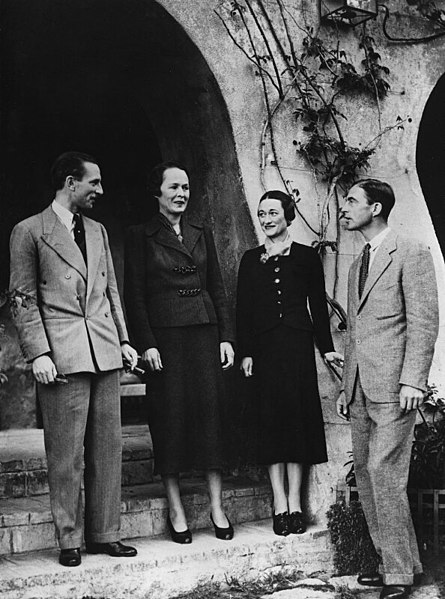
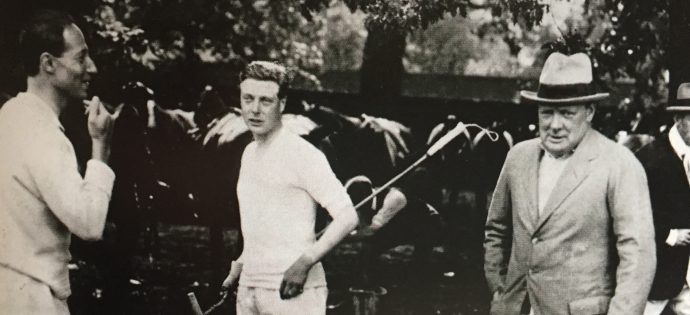
Only a few miles out of Fort Belvedere, Brownlow attempted to persuade Wallis to head for his manor house in Lincolnshire, explaining that she might better influence the king if she could maintain some reasonable proximity. In actuality, this was a desperate attempt to keep Wallis Simpson involved, officials like Churchill understanding how persuasive she could be.
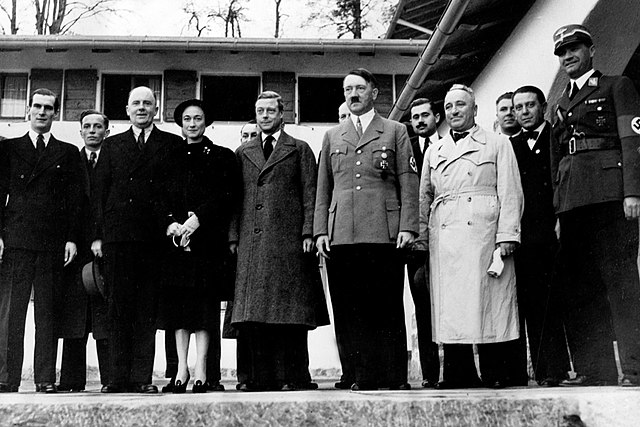
The Duke and Duchess were greeted on October 11 in Berlin and escorted by ministers like Robert Ley and Joachim Von Ribbentrop. That evening they dined with both Albert Speer and Joseph Goebbels. Everywhere, the couple went they were treated with extreme deference, including Wallis Simpson who was continually addressed as your Royal Highness, a title she did not officially deserve as well as the subsequent curtsies. Other meetings followed with Herman Goering and even Hitler himself, photos from this historic event splashed on front pages all over the world. Several times the couple engaged in the Nazi salute, behavior they would come to regret. To any members still part of her inner circle Wallis maintained that they were merely tourists and the Duke insisted that the visit was not official. Throughout the visit, British consular officials were instructed that they were not to meet or assist the couple in any official capacity.
Podcast: Play in new window | Download
Subscribe: RSS